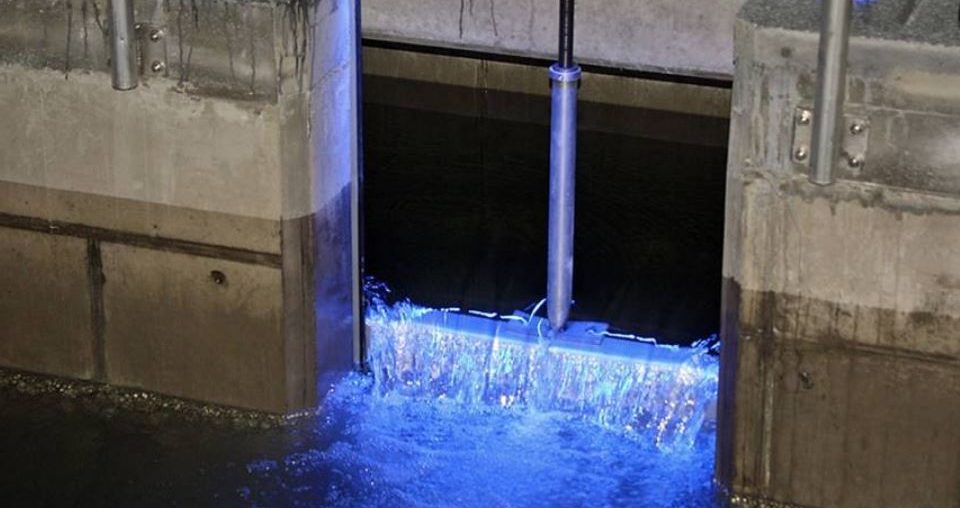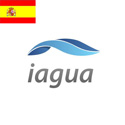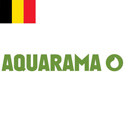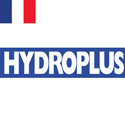Swedish research: Disinfection of drinking water produces toxic by-products

-
 Editorial Team
Editorial Team
Share article:
Disinfection of drinking water can produce toxic and carcinogenic by-products. Unknown or non-monitored disinfection by-products can cause large health risks. With new analytical methods many more by-products can be identified and surveyed in order to decrease health risks. This is the outcome of international research carried out by the University of Linköping in Sweden.
The researchers cooperated intensively with drinking water producers. In the study four Swedish waterworks using different types of raw water and treatments were included. Berggården, located in Linköping and using water from the river Motala ström. Water company Borg is located in Norrköping using water from the same river as Berggarden but approximately 50 km downstream, after having passed two lakes. The third water company that was investigated was Görväln, located in Stockholm. This producing facility is using water from lake Mälaren. Bulltofta, located in Malmö is using ground water to produce drinking water.
Chemical reaction
Chemical disinfection is an important drinking water treatment in all of these facilities. The objective is to inactivate pathogens and limit microbial regrowth in the distribution network and prevent spread of waterborne diseases worldwide. However, the use of disinfectants, such as chlorine, chloramine, chlorine dioxide and ozone leads to the formation of disinfection by-products (DBPs), of which many are toxic. The formation of these by-products can be caused by reactions between chemical disinfectants and natural organic matter. Samples were collected at the drinking water companies five times covering a full year.
Identifying unknown by-products
More than 600 DBPs have been identified and they represent less than 50 % of the total DBPs formed. Further, only three types of DBPs are regularly monitored in Europe and USA, and negative health effects of these compounds are two orders of magnitude smaller than estimated effects of total DBPs. Hence, unknown or non-monitored DBPs contribute the largest health risks, and exposure assessments have not been possible due to previous limitations in analytical techniques.
New analysing techniques are capable of identifying complex mixtures to the molecular level (e.g. ultrahigh resolution Fourier Transform Ion Cyclotron Resonance Mass Spectrometry, and high field cryogenic Nuclear Magnetic Resonance spectroscopy). In a preliminary study these new techniques identified at least 800 new DBPs. Different ways to reduce DBP exposure will be tested. The Swedish provides the basis needed for measures to decrease health risks related to DBPs in drinking water.












